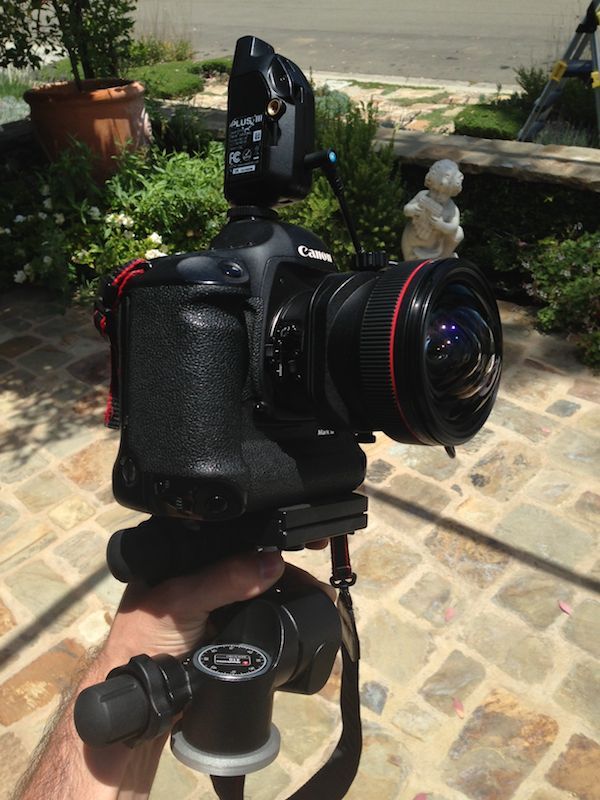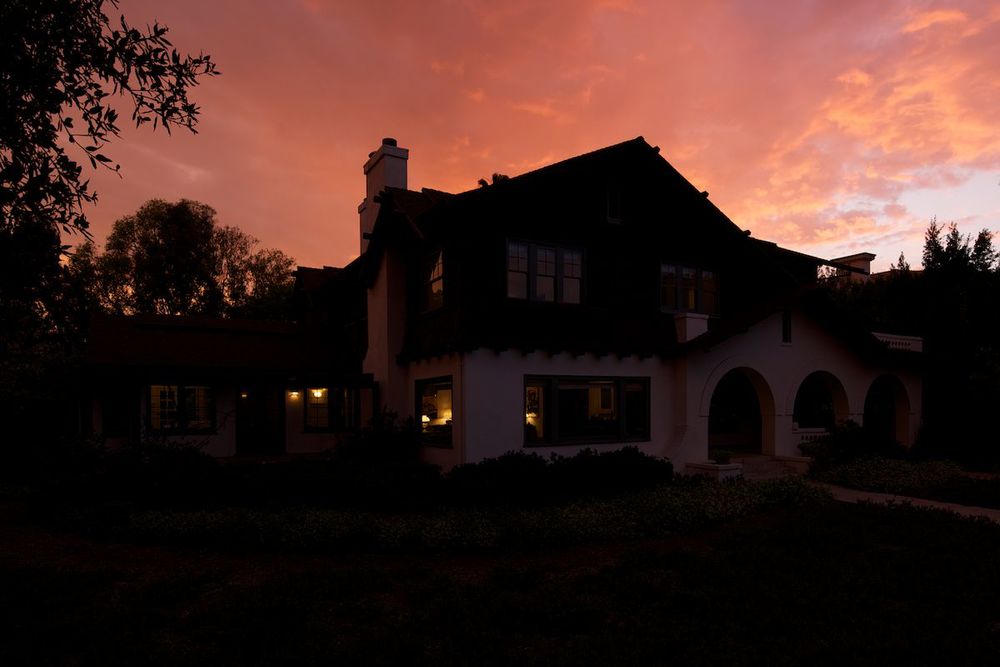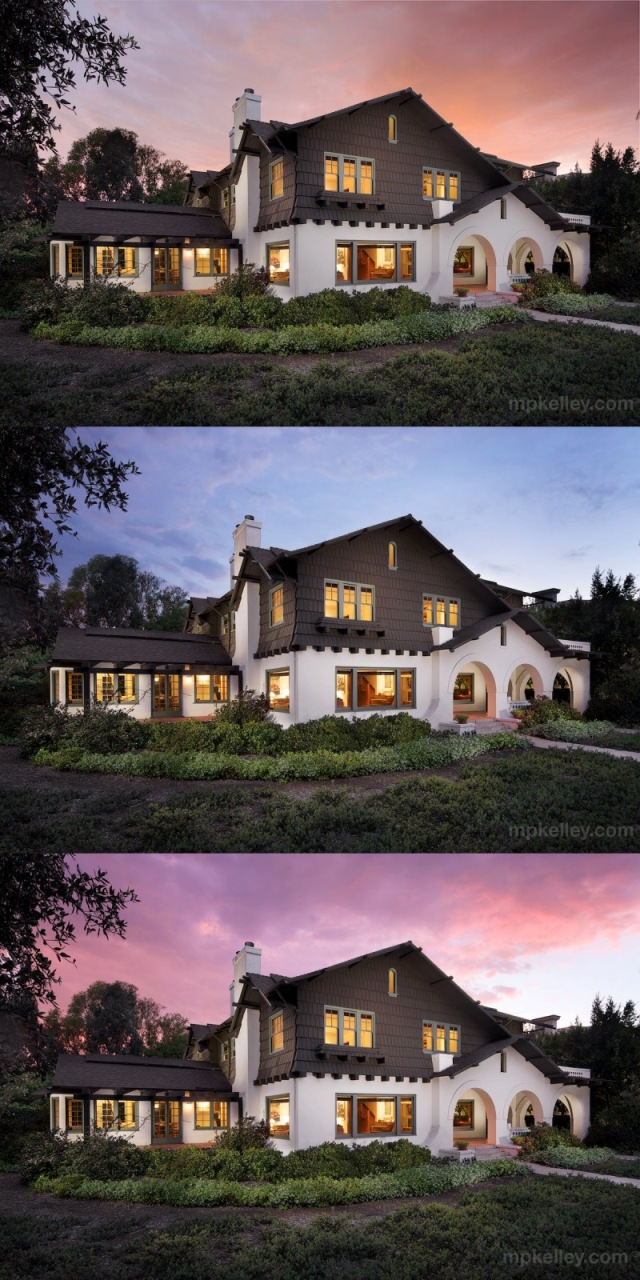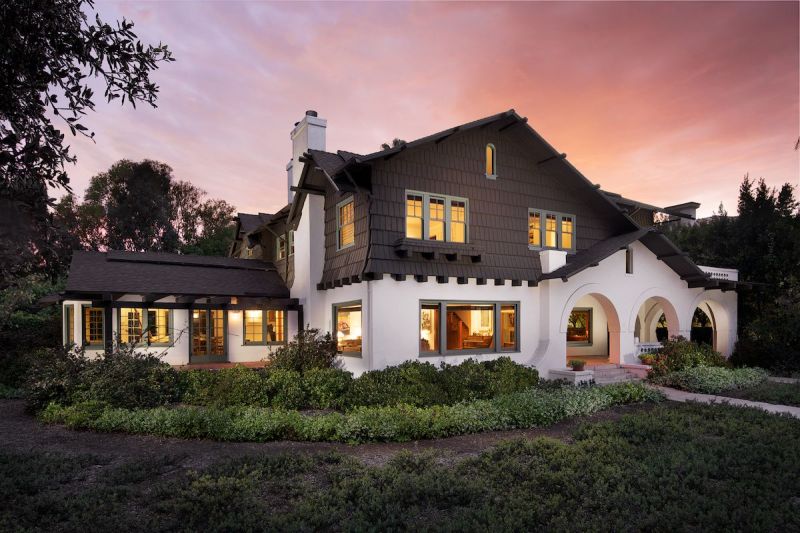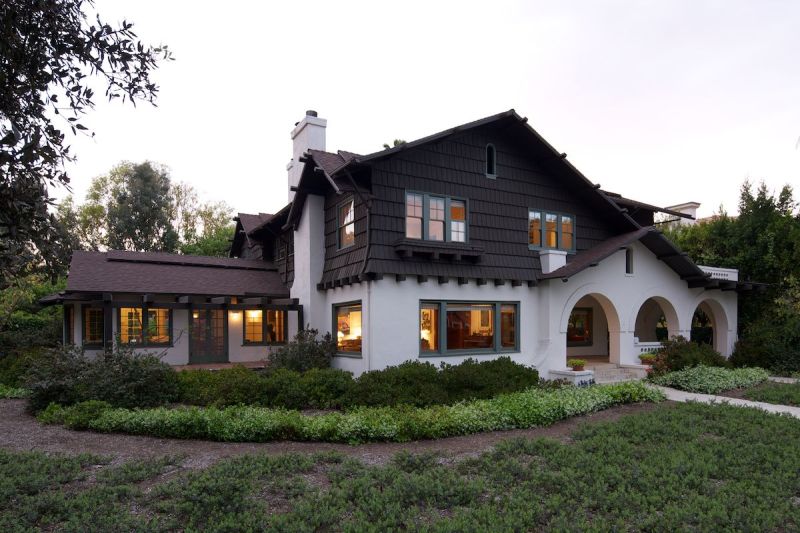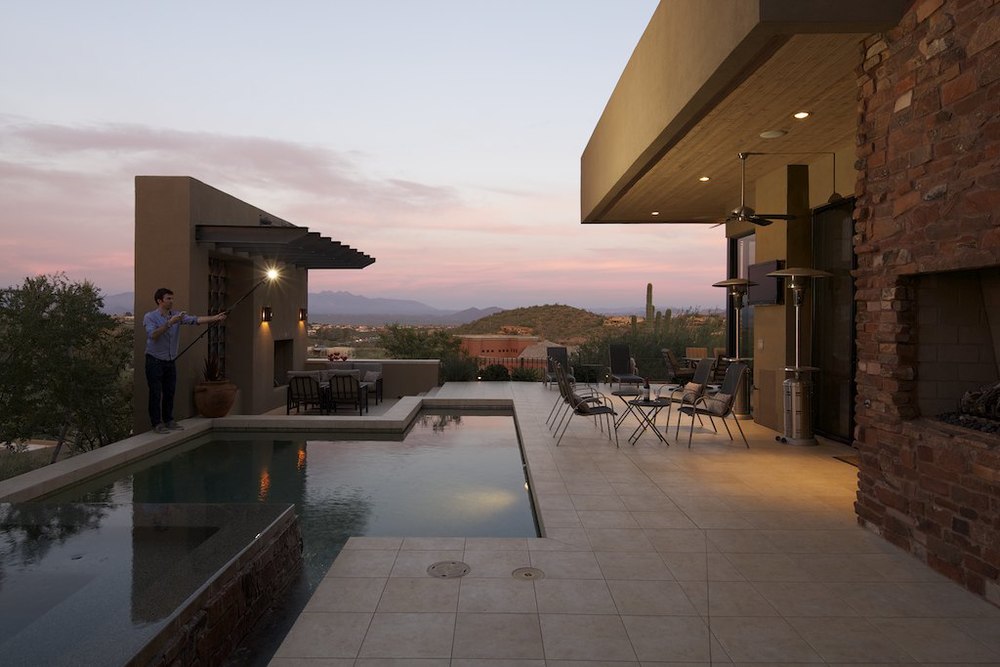I just spent a full week working with Christopher Taylor, a Newport Beach, California based landscape architect, photographing multiple spaces that he designed for his clients. Christopher is a long-time player in the Orange County landscape architecture scene, and his work ranges from sprawling villas to tiny courtyards, so it was fun to shoot so many varied projects in such a short time. We worked to shoot eight projects over the full week - which was tough, with a full schedule, but luckily the weather cooperated and we were able to pull it off.
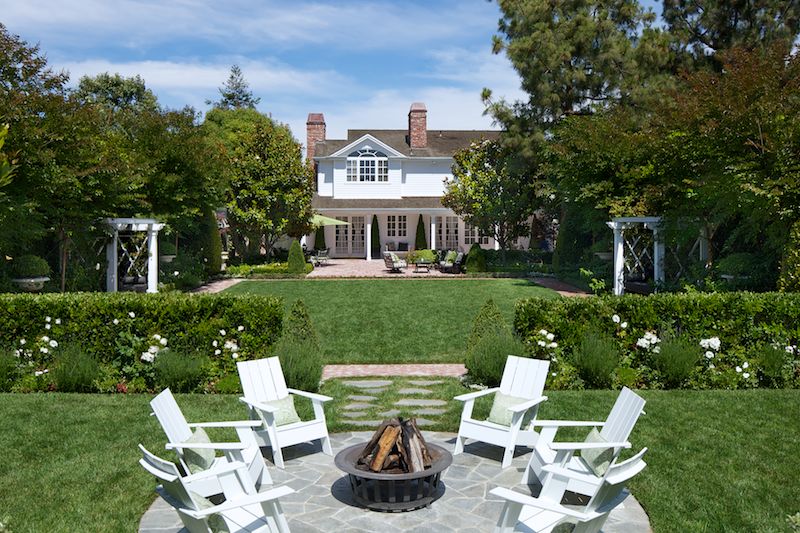
It's always nice to take a break from the hustle and bustle of Los Angeles and head to Orange County to shoot for a bit. Due to the nice weather, I even got a chance to sneak in a quick beach day before heading back to process the images, which was much needed, considering the work that is shooting eight locations over a full week.
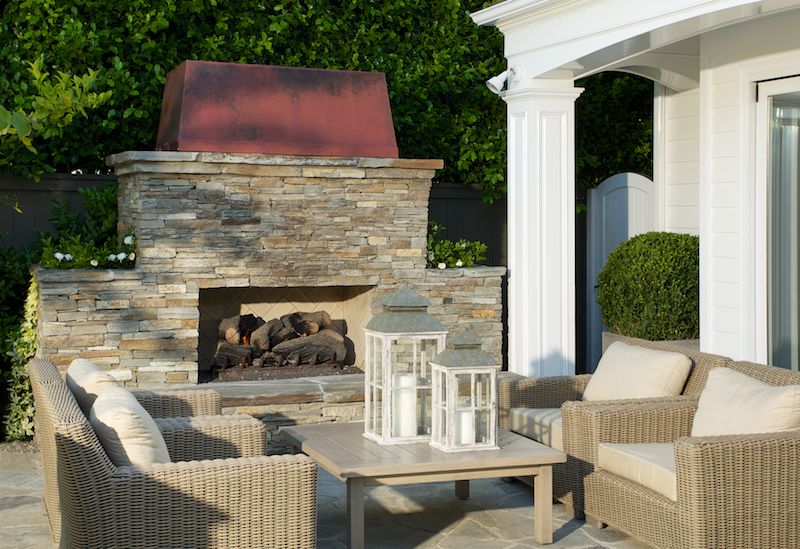
It was also great to work on some new and interesting subjects. While most of my work on a day-to-day basis consists of architecture and interiors, shooting landscape architecture presents it's own set of challenges to deal with. When photographing interiors, you usually have plenty of control over the light (either by waiting for the right time or lighting interiors through windows, supplemental lights, etc), and the same can be said about exteriors (twilights, at least) but with landscape architecture, you are really at the mercy of the weather except in a few scenarios where you might be shooting details or an enclosed space where a flash can be placed appropriately enough to mimic sunlight. This really requires planning the day out in advance - I often woke up early to get some softly lit shots under that famous Southern California June gloom - which provides a nice soft light - and then shooting until the light burned off. It's in the transition period between fog and sun that will really give some awesome results. From there, I waited for the sun to align itself just perfectly for the full daylight shots, and then usually went and grabbed a bite and recharged before heading back for the golden hour and twilight shots (which, thankfully, I was able to control a bit better!).
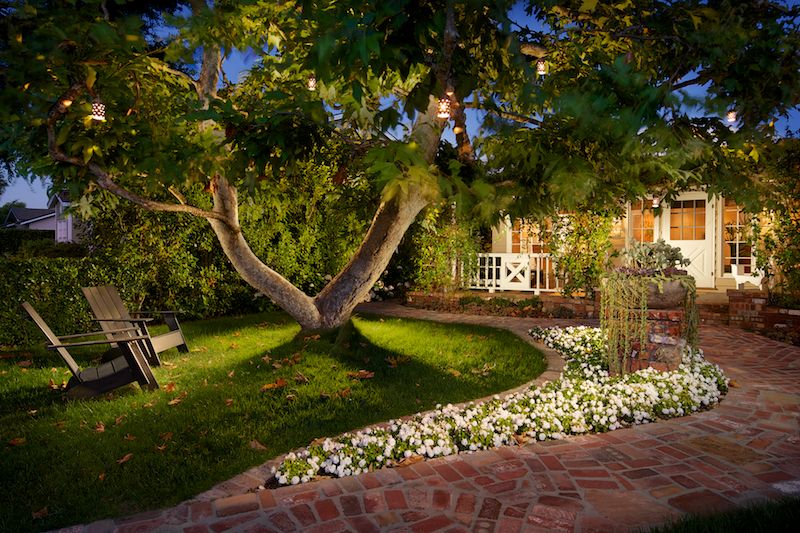
Despite the frantic pace of shooting, I was more than pleased with the results - as was the client. I got one of my favorite testimonials out of the job, too! After delivering the images, I was surprised to see a quick reply in my inbox (this is a direct quote, mind you!): "OMG!! You're Perfect. I love you! (In the most professional of ways, of course!) Damn me for not calling you sooner!" And that was all I needed to hear to put a big smile on my face.
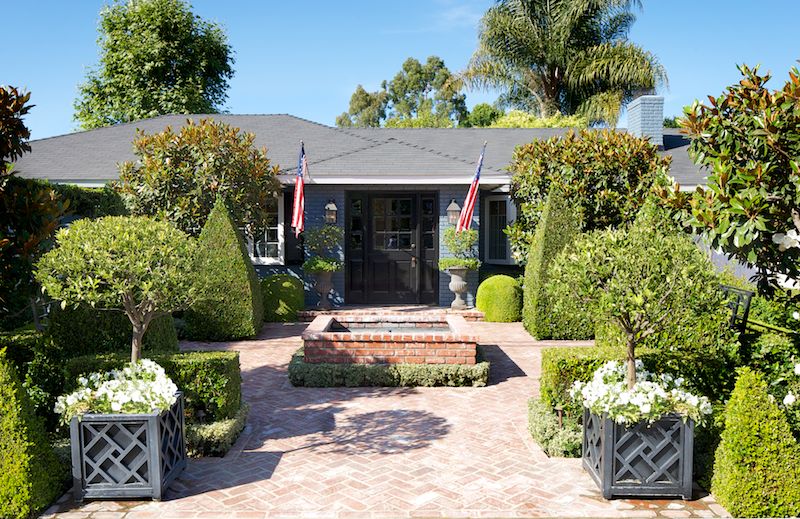
Below, I've included a few images (some paired with behind the scenes photographs from my iPhone to back them up). I'm looking forward to working with Chris again in the future, and hopefully these images will serve him for a very long time to come.
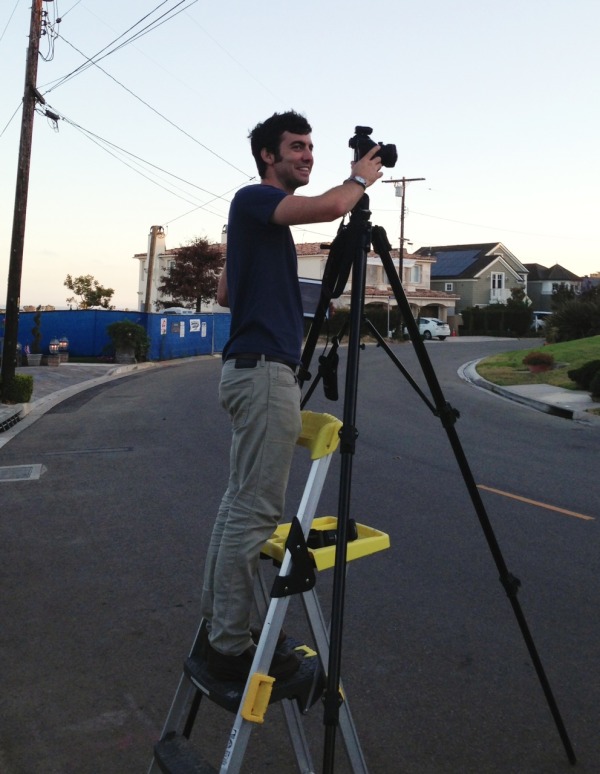
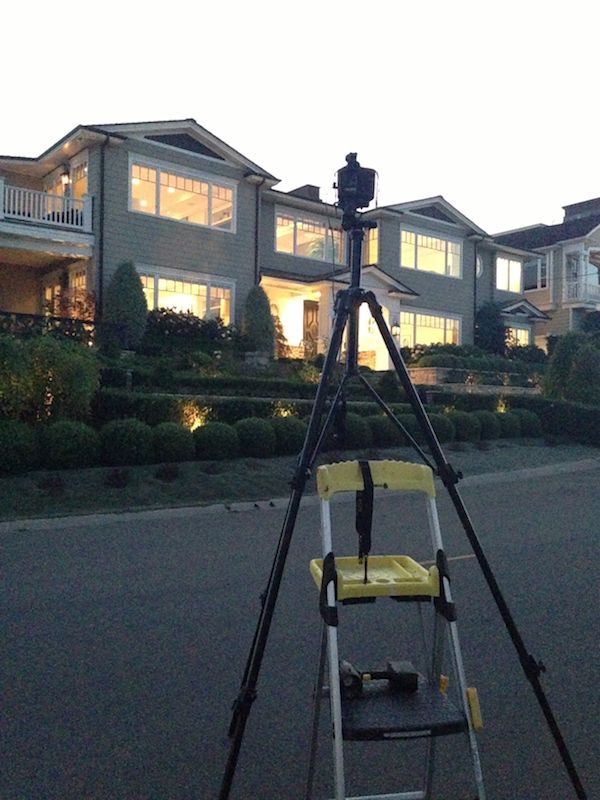 During....
During....
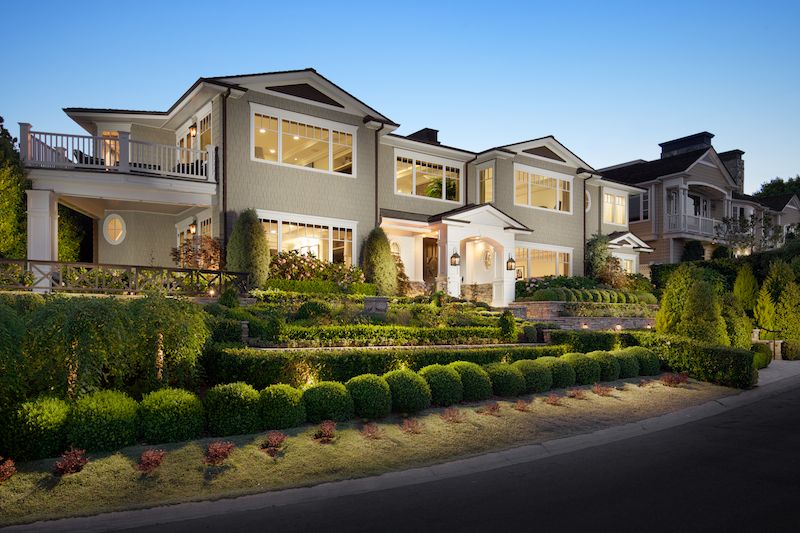
And the finished image, after post processing.
Shot in total darkness...
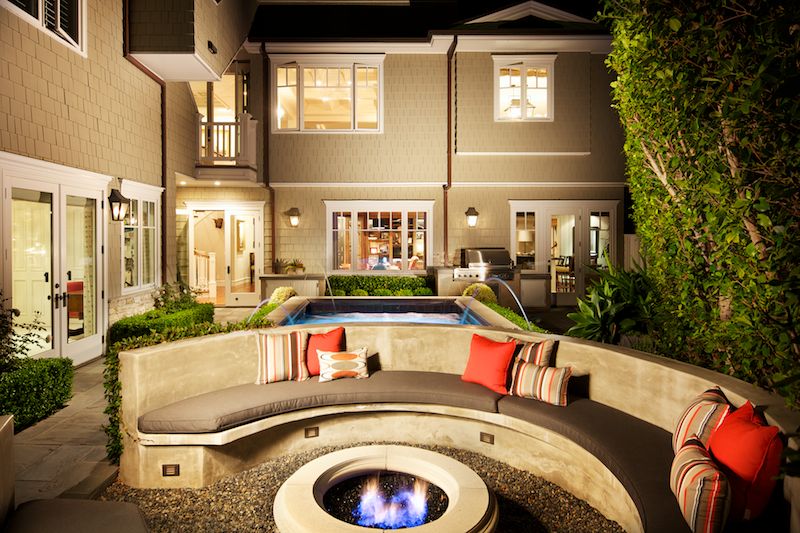
During...
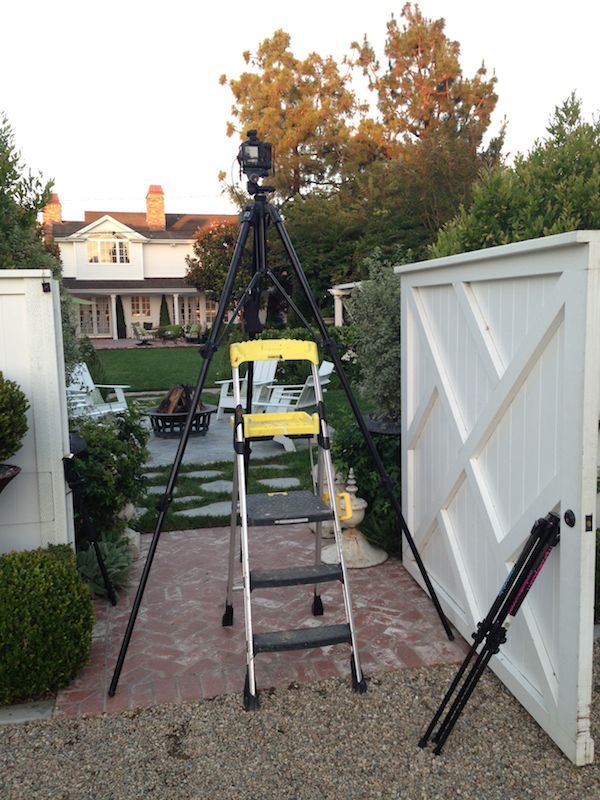
And after post processing....
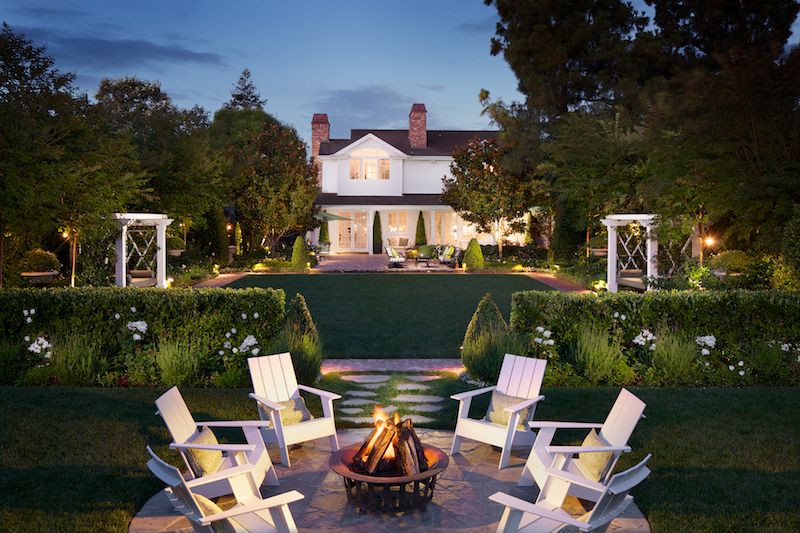
And some architectural details...
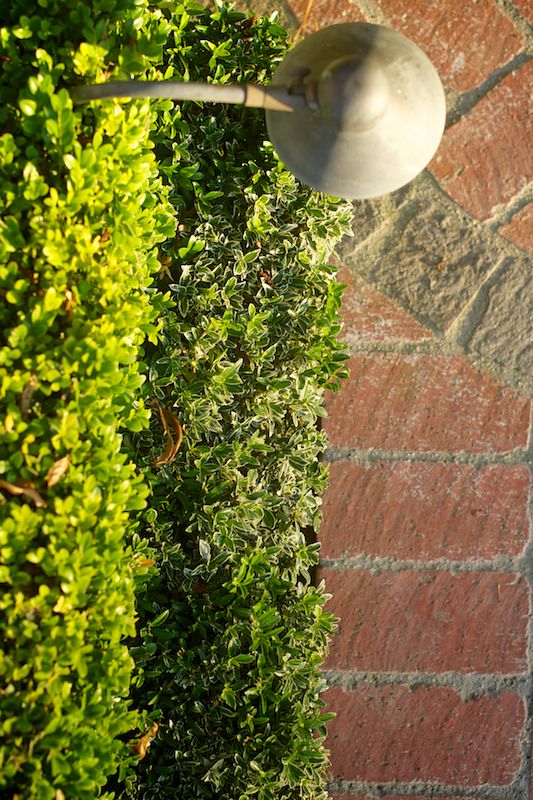
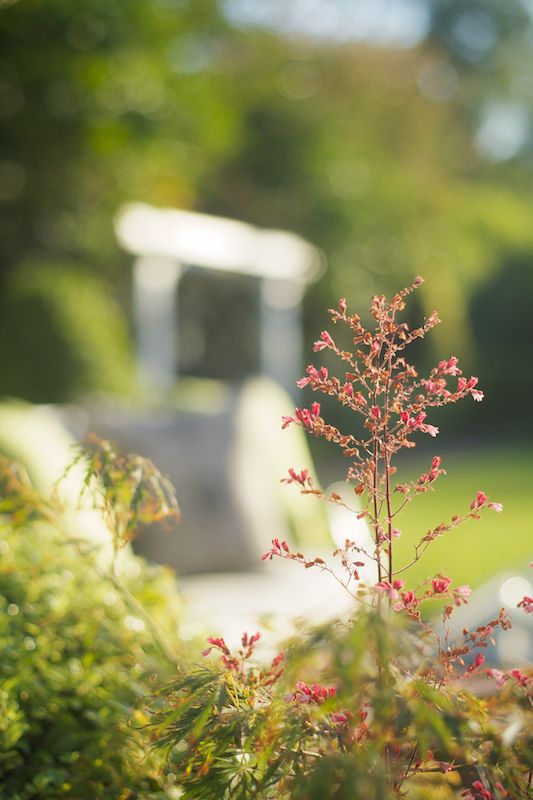
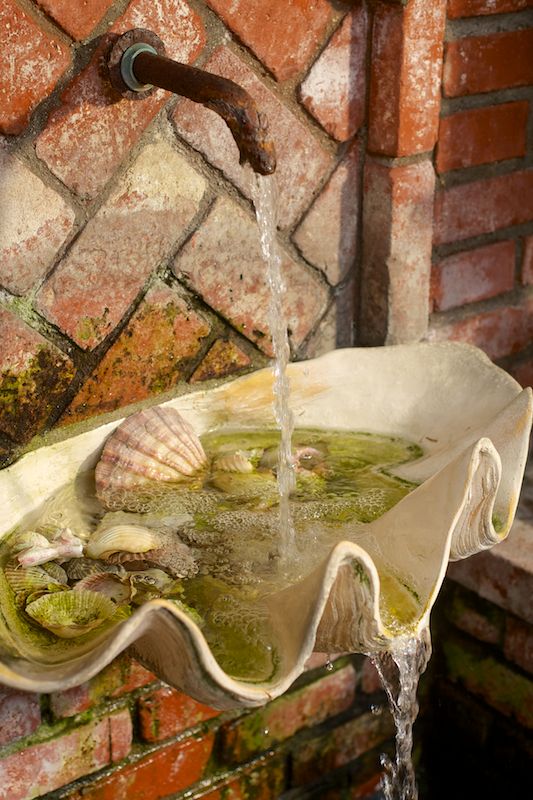
And lastly, the setup that makes photographing all this stuff possible!
